Introduction
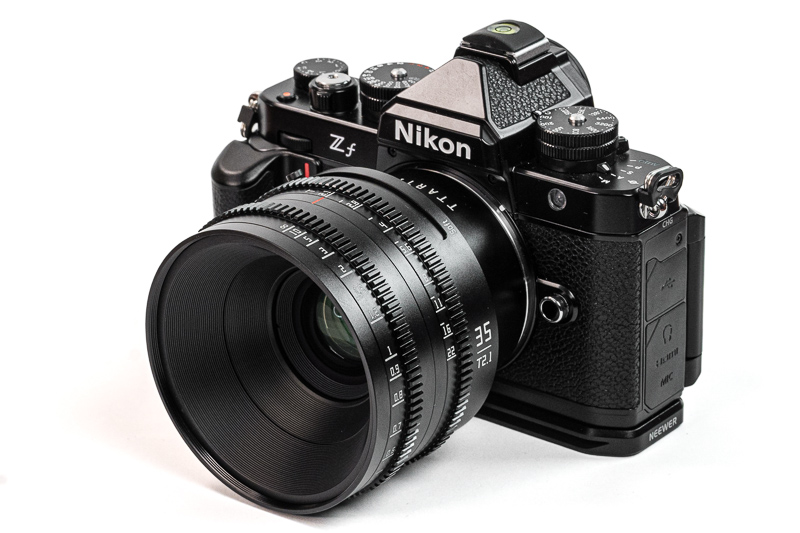
The TTArtisan 35mm T2.1 Cine Dual-Bokeh is a unique lens. We rarely review cine lenses, but this one stands out. Over the past few years, TTArtisan has introduced innovative and daring lens designs. Their latest creation features a unique ability to control the bokeh character—an intriguing function with some unusual behaviour. Some will love its distinctive look, while others may find it unappealing.
On paper, it was very appealing to me, so I agreed to review it. Let’s take a closer look!
![]() I tested this lens on a 46 MP Nikon Z7ii (Sample images were taken with a Nikon Zf)
I tested this lens on a 46 MP Nikon Z7ii (Sample images were taken with a Nikon Zf)
 You can see this review as a YouTube video here!
You can see this review as a YouTube video here!
![]() Sample images in high resolution here.
Sample images in high resolution here.
Sample Images
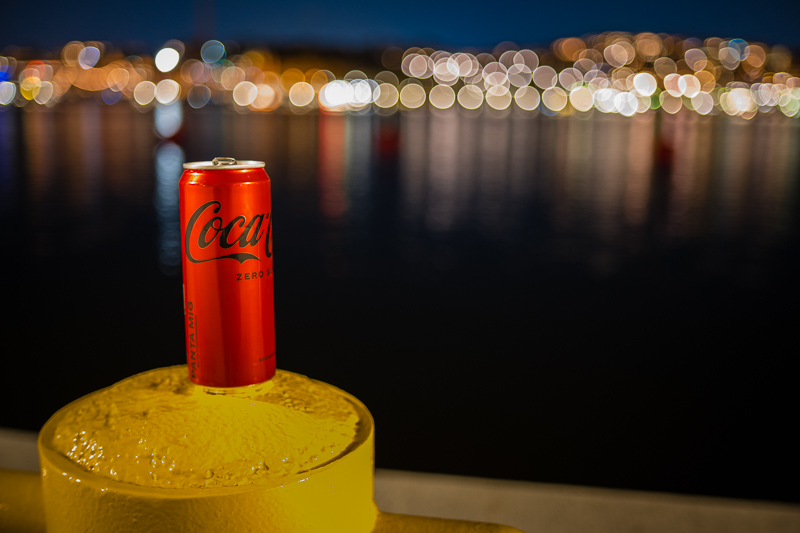

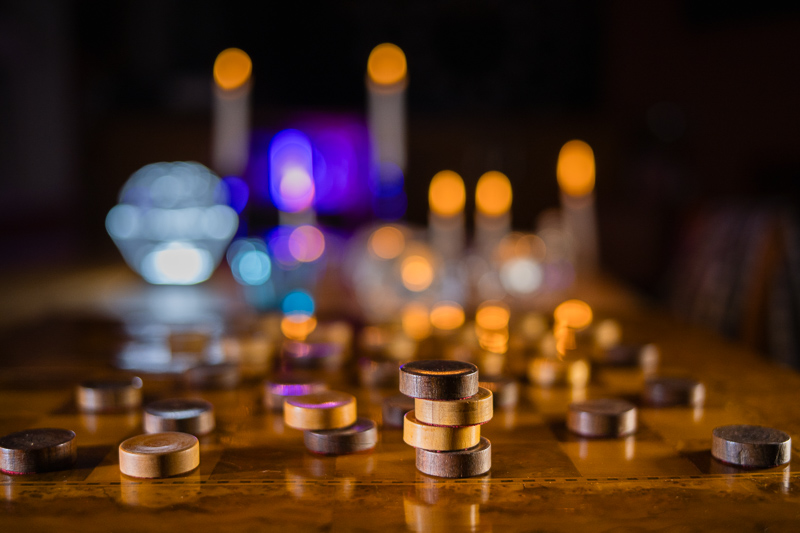



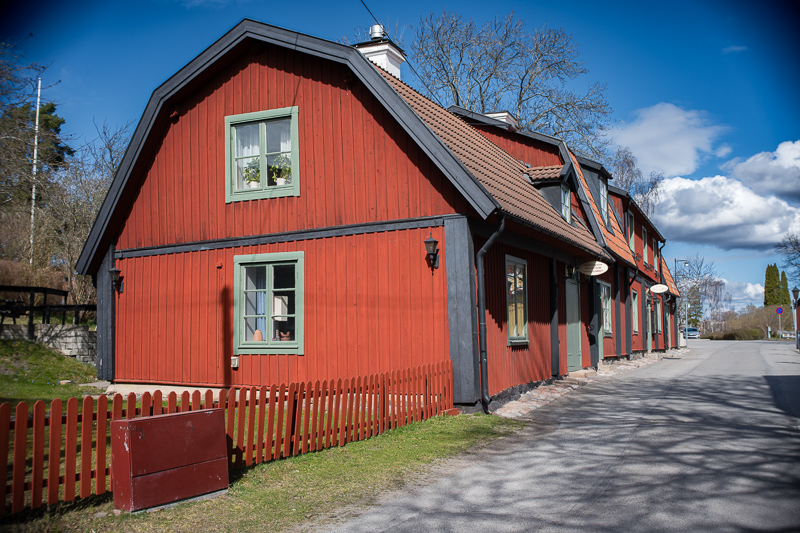
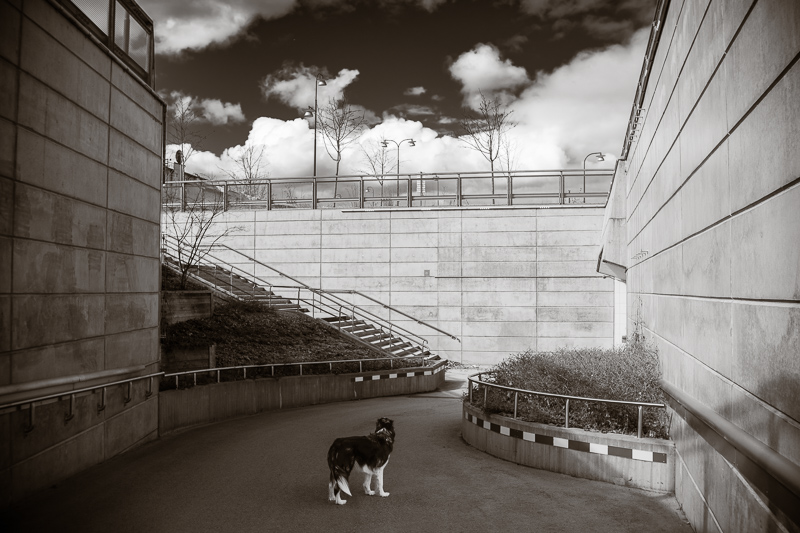
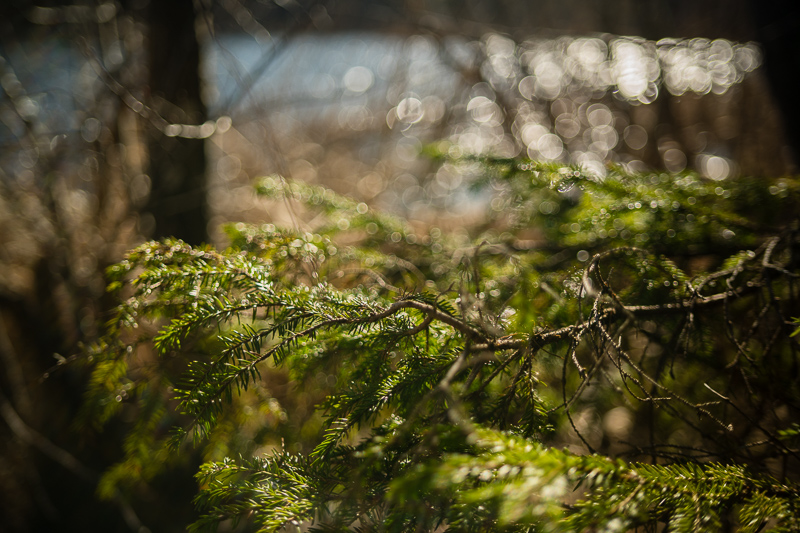


Most of the sample images in this review and many more can be found in higher resolution here.
Specifications
| Focal Length | 35mm |
| Angle of View | 63° |
| # of Aperture Blades | 11 |
| Max Aperture | T2.1 |
| Min Aperture | T22 |
| Min Focus Distance | 0.28m (Soft) 0.55 (Bubble) |
| Filter Size | 82 mm |
| Lens Mount | E / X / Z / RF / L |
| Weight | ≈ 669 ~735 g |
| Size (D x L) | ø 88 x 89 mm (Z mount) |
| Elements/Group | 10 / 7 |

IMG
| Buy new: TTArtisan Store, pergear.com, Amazon for $380 (Affiliate links) |
Disclosure
TTArtisan kindly provided this lens for test and review purposes.
Handling and Build Quality
The TTArtisan 35mm T2.1 Cine Lens is fairly large for a 35mm T2.1, though that’s typical for cine lenses compared to still lenses. It’s a fully manual lens—no autofocus, no electronic aperture control, no electronic contacts, and no image stabilization. Built entirely from metal and glass, it weighs around 700g. The front of the barrel features a large, geared focus ring that turns smoothly with a well-damped feel.

The focus ring has a generous 325° throw from end to end. It’s marked in two colours—white and orange—indicating focus distances for SOFT and BUBBLE modes, respectively. In BUBBLE mode (orange), where the minimum focus distance (MFD) is a modest 0.55 m, it takes about 135° to reach infinity. In SOFT mode (white), starting from a closer and more useful 0.28 m MFD, the lens is only at 0.4 m by the time BUBBLE mode has already hit infinity. You’ll need to keep turning—about 310° in total—to reach infinity in SOFT mode. Curiously, the ring continues an extra 15° past the second infinity mark before stopping—something that may feel imprecise or unnecessary in actual use.
Next is the geared aperture ring, marked from T2.1 to T22 in both full and half stops—except between T16 and T22, where there’s no half-stop marking. The spacing between markings isn’t equidistant: the gaps are wider at the fast end and gradually become tighter as you approach T22. The ring turns smoothly with a well-damped feel and has no click stops.
Next is the lens’s unique feature: a clickless lever that moves between the SOFT and BUBBLE positions. As far as I know, this is the only lens in the world with this mechanism, designed to alter the bokeh character from soft to a soap bubble effect. The transition isn’t binary—you can position the lever anywhere between the two to fine-tune the effect.
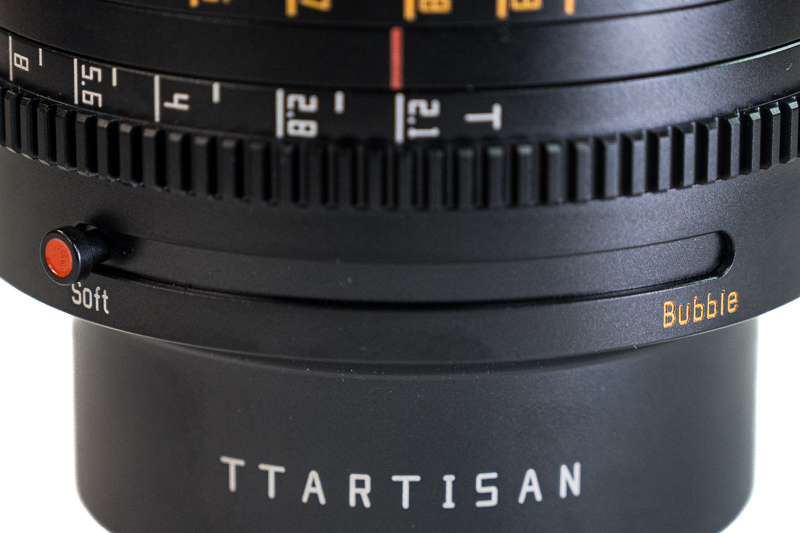
All markings, including the lens and manufacturer’s name, are engraved and paint-filled, giving the lens a premium feel.
The front element is deeply recessed in the barrel, effectively acting as a built-in lens hood, so an external hood isn’t necessary. The lens comes with a basic rear cap and a metal front cap that attaches via friction. However, on my pre-production sample, the front cap didn’t stay in place and fell off under its own weight. I taped the inside edge of the cap, making it tighter, and that kept it securely in place.
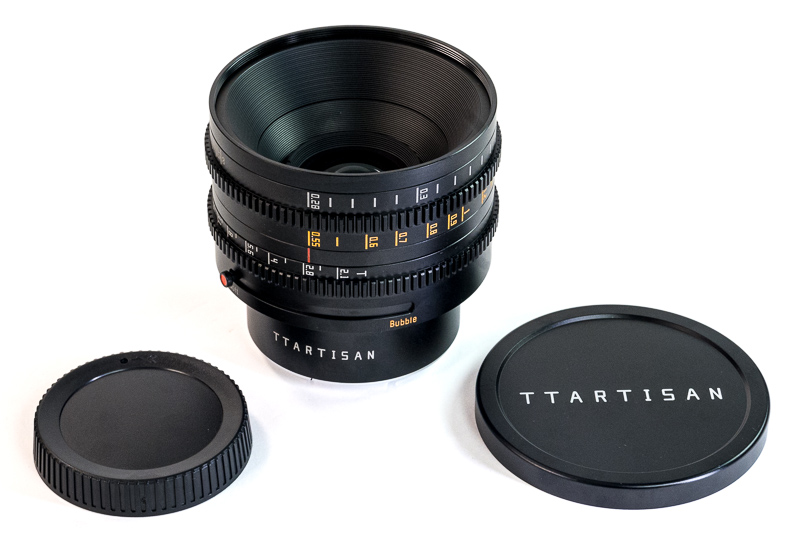
Optical Features
Sharpness (Infinity)
For the infinity sharpness test, we look at three areas of the image, centre, mid-frame, and corner, see highlighted areas in the image below!

As this lens has very strong vignetting, especially in the corners, to be able to assess the sharpness easier there, I have lightened up the corners to compensate for the corner darkness.
SOFT Mode
The centre sharpness is good wide open at T2.1, but there is noticeable highlight smearing and haze, which makes the image appear less sharp overall. The sharpness in the midframe is lower, and the corners are the least sharp.
Stopping down one stop improves the image significantly but doesn’t completely resolve the issue. With less haze, the centre sharpness becomes very good, and the midframe and corners become moderately sharp.
Stopping down to T4 eliminates the haze entirely, resulting in excellent centre sharpness. The midframe and corners also improve, though they still fall short of optimal. The midframe reaches good sharpness at T5.6 and excellent sharpness at T8. The corners reach a good level starting at T5.6 but never quite match the sharpness of the rest of the image. Additionally, there’s visible green fringing in the corners, regardless of the aperture.
BUBBLE Mode
In BUBBLE mode, the centre sharpness is very good even wide open, while the midframe is moderate and the corners are poor.
The midframe becomes good at T8 and excellent at T11. The corners require stopping down to T8 to be usable and only reach a good level at T11, though with some reservations.
Sharpness (Portrait)
Let’s look at the points of interest for portraits at the portrait distance: the very centre, the centre’s inner periphery (1/3 rule intersection), and the centre’s outer periphery (1/4th intersection).
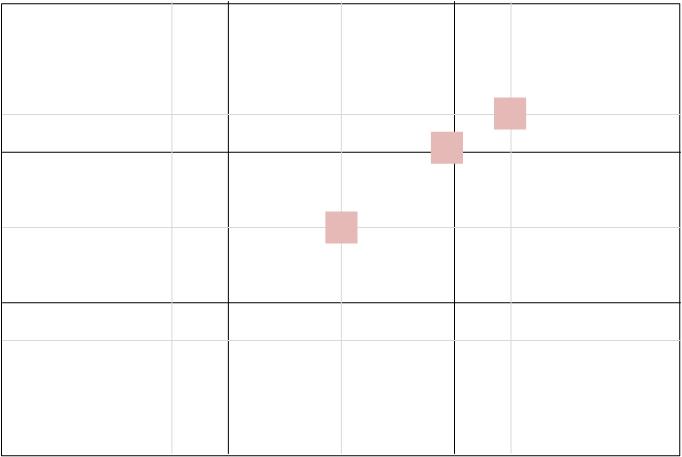
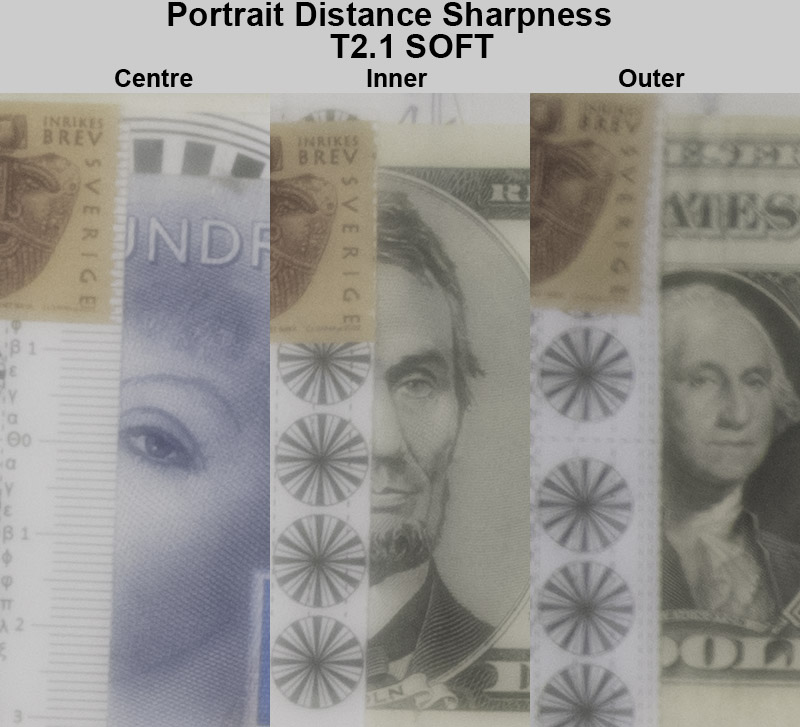
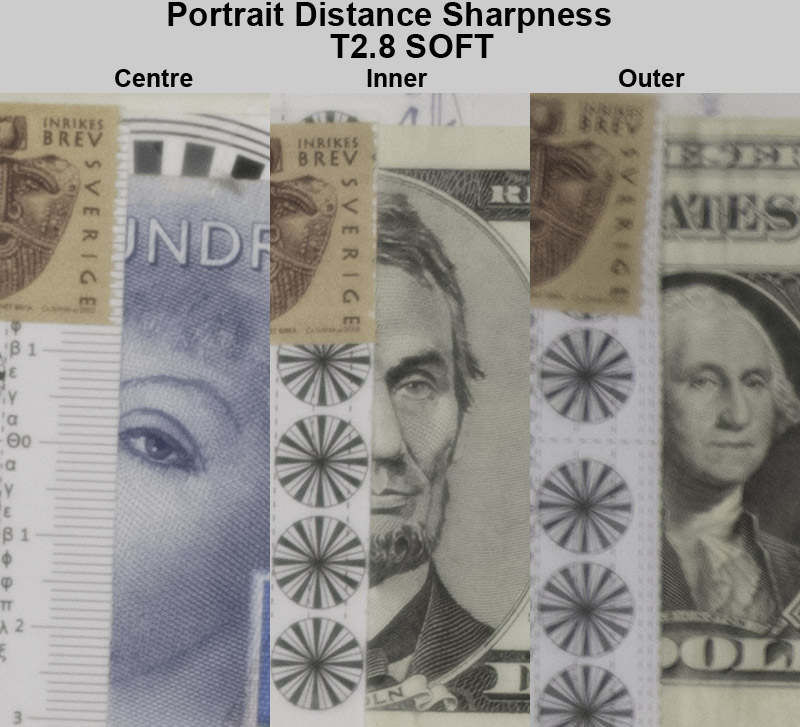
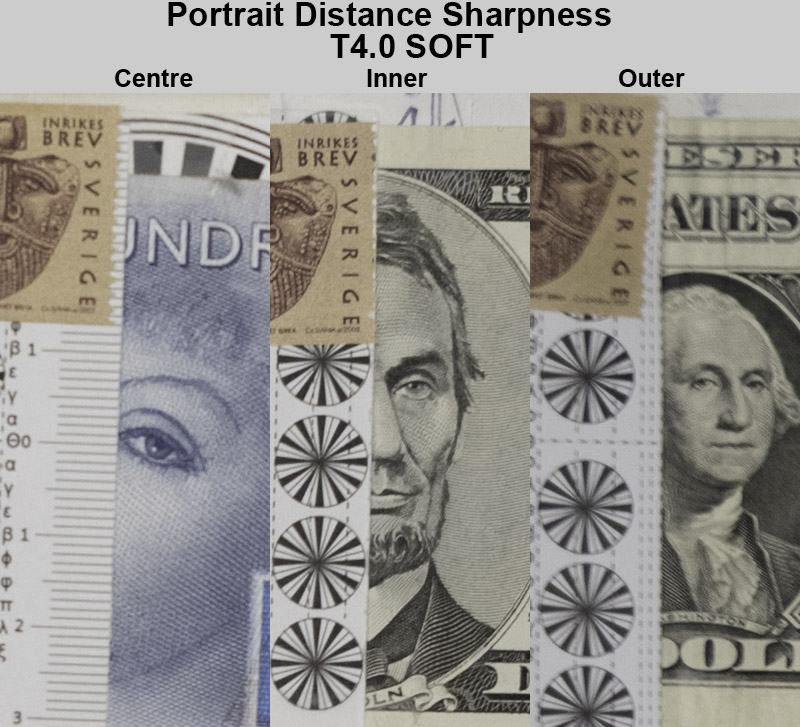



In SOFT mode the lens has good very sharpness in the centre, inner, and outer circles are very good, but it is very hazy. Stopping down decreases the haze but the sharpness hardly gets better.
In BUBBLE mode, you get very good sharpness in the centre and no haze, the inner and outer sharpness are unfortunately not as good. While stopping down makes the centre sharper, it does not seem to change anything in the inner and outer circles.
Sharpness (Close-up)
In SOFT mode, close-up sharpness is good wide open, but the image appears hazy and lacks contrast. Stopping down one step significantly improves both sharpness and contrast to a very good level. Another stop to T4 makes the sharpness excellent, and it remains so until T16, where it starts to soften slightly due to diffraction—an effect that becomes more noticeable at T22.
In BUBBLE mode, sharpness and contrast are very good wide open and become excellent from T2.8. As in SOFT mode, diffraction slightly reduces sharpness at T16 and becomes more pronounced at T22.
SOFT
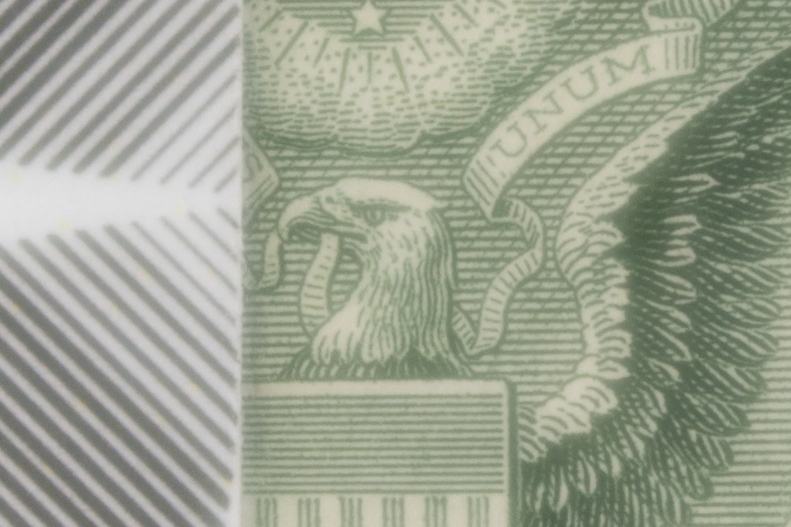
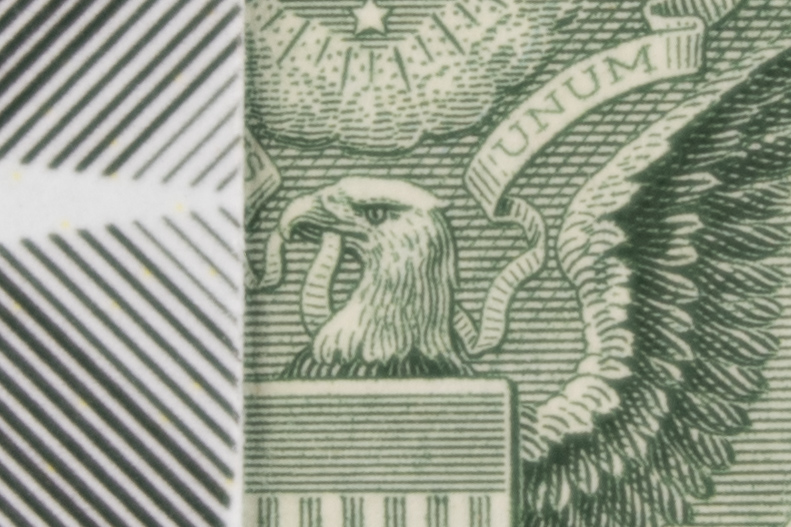

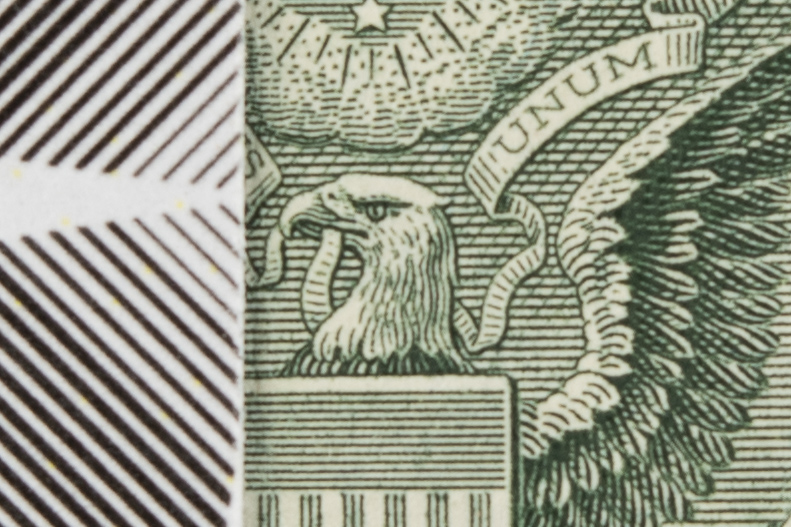
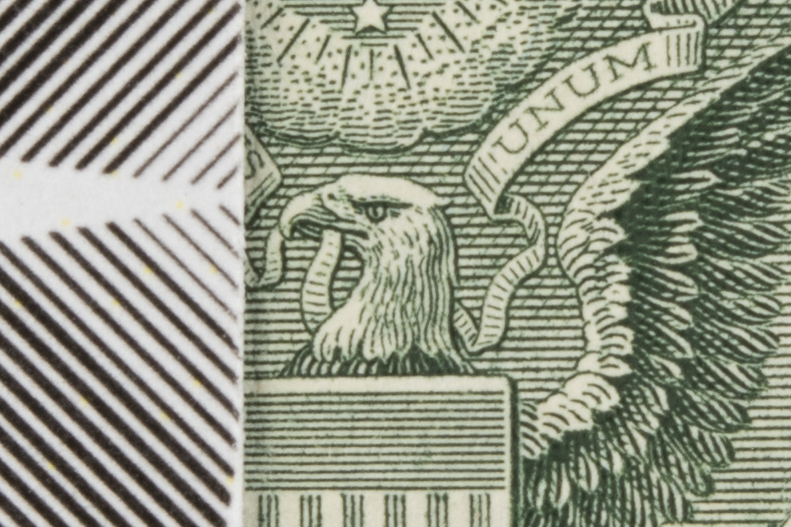
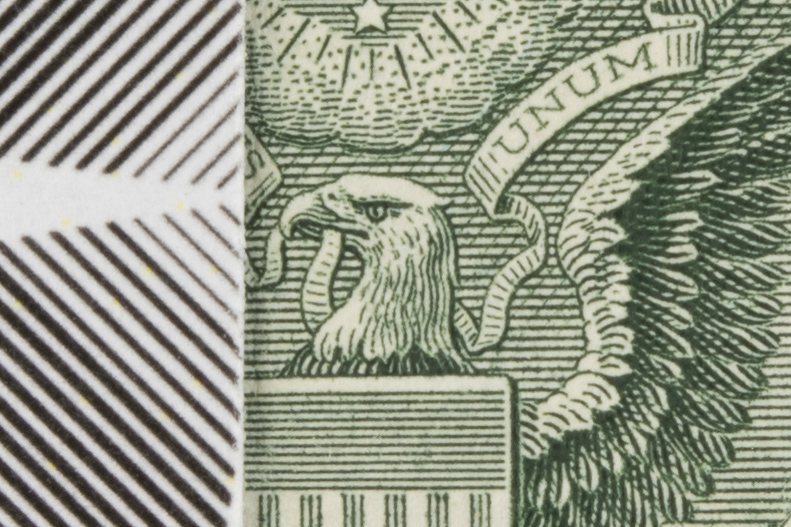
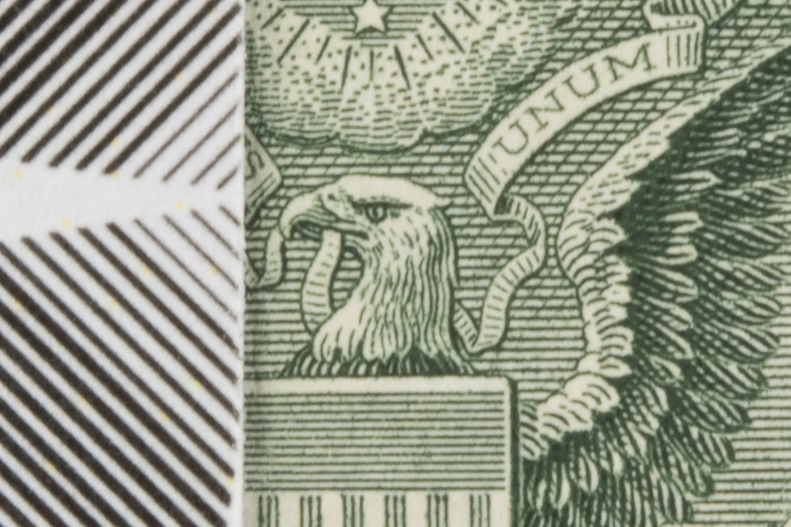
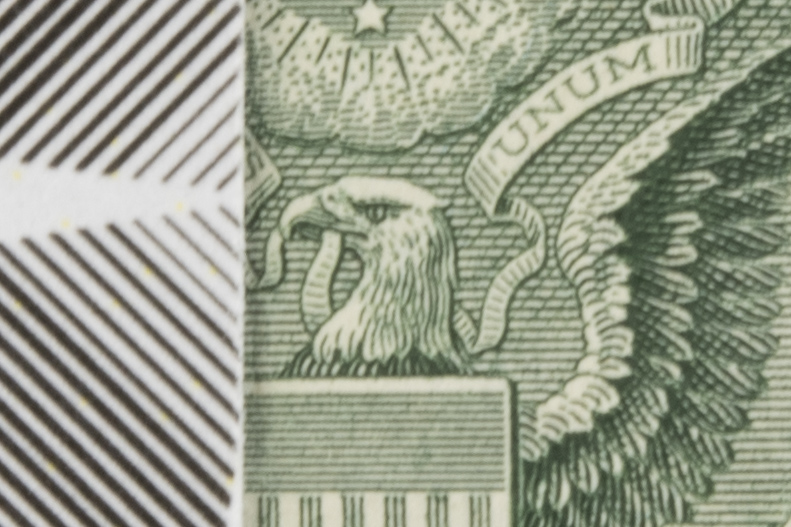
BUBBLE
Lens Distortion
The TTArtisan suffers from lens distortion in both modes, moderate pin cushion distortion in SOFT mode and strong barrel distortion in BUBBLE mode. To fix it in post you need to apply -6 for SOFT and +10 for BUBBLE in LR or PS. These are the values in extreme ends of each modes.
Vignetting
Vignetting is quite high with this lens, higher than normal, which can be creatively used to get a more vintage look. The weird thing is that, while stopping down evens out the light a bit, it does not help the corners at all. Actually, it worsen things in the BUBBLE mode.
Note that I normally measure vignetting by comparing the corners to the centre. However, since this is a cine lens and filming is typically done in a 16:9 format, the extreme corners are cropped out. When I measure light falloff within the 16:9 crop, the results are better.
| TTA 35/2.1 vignette | Soft | bubble |
|---|---|---|
| T2.1 full (16:9 crop) | 2.9 EV (2.3 EV) | 2.9 EV (2.7 EV) |
| T2.8 full (16:9 crop) | 2.9 EV (2 EV) | 3.0 EV (2.7 EV) |
| T4 full (16:9 crop) | 2.9 EV (1.8 EV) | 3.1 EV (2.7 EV) |
| T5.6 full (16:9 crop) | 2.8 EV (1.7 EV) | 3.2 EV (2.7 EV) |
| T8 full (16:9 crop) | 2.8 EV (1.6 EV) | 3.3 EV (2.7 EV) |
Focus Shift & Aberrations
The TTArtisan 35mm T2.1 exhibits focus shift in the “SOFT” mode. Notably, the focus shifts farther back from 10 as the lens is stopped down to T4 and T5.6. Combined with the hazy images when wide open, this suggests the presence of spherical aberration in the SOFT position. There is only a small amount of longitudinal chromatic aberration visible in this mode.
In the “BUBBLE” mode, the lens appears free from focus shift. However, longitudinal chromatic aberration is clearly present. To minimise it, you’ll need to stop down a couple of steps—T8 or at least T5.6—to bring it to a more manageable level.
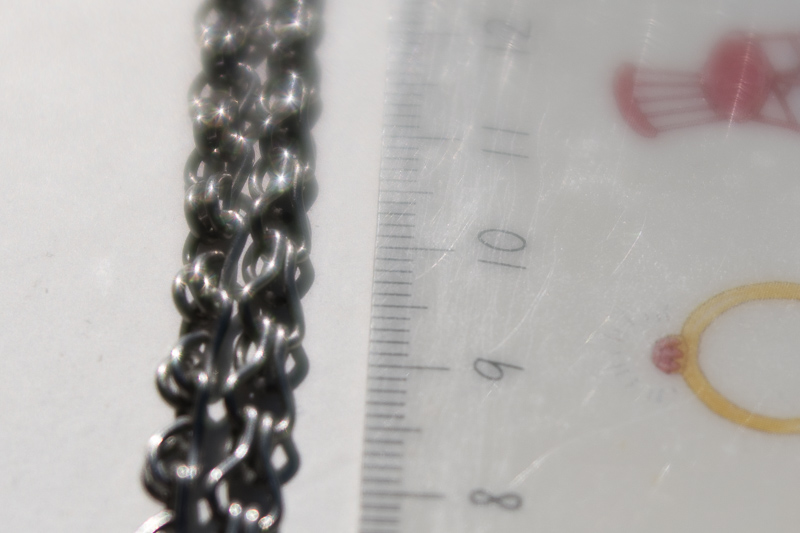
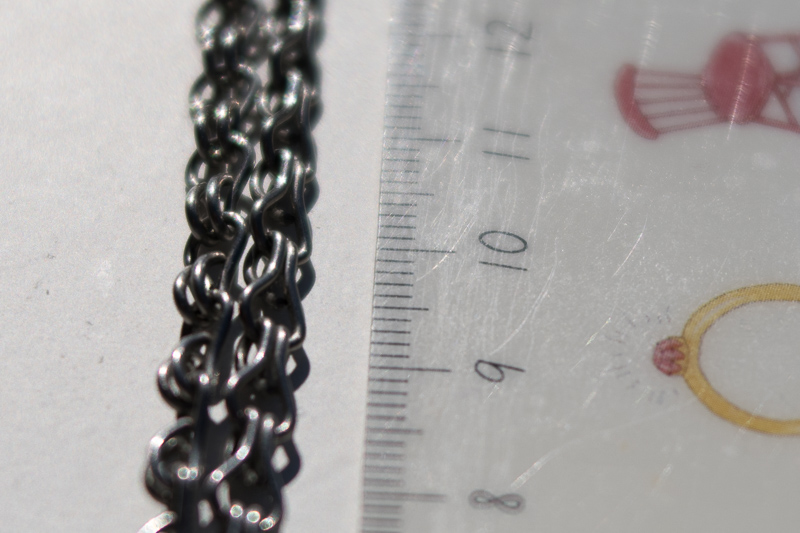
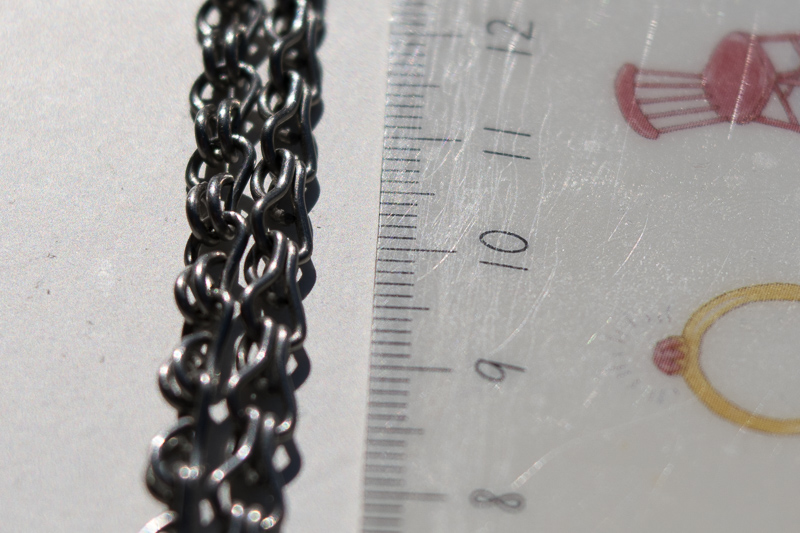

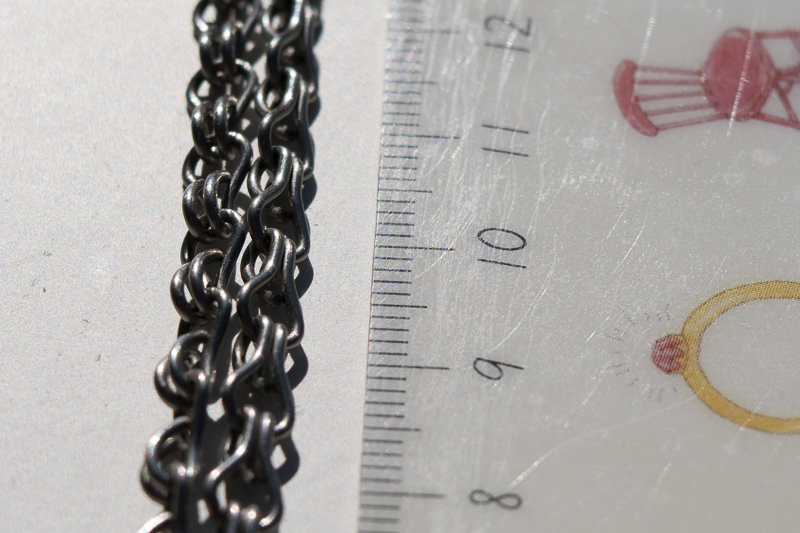
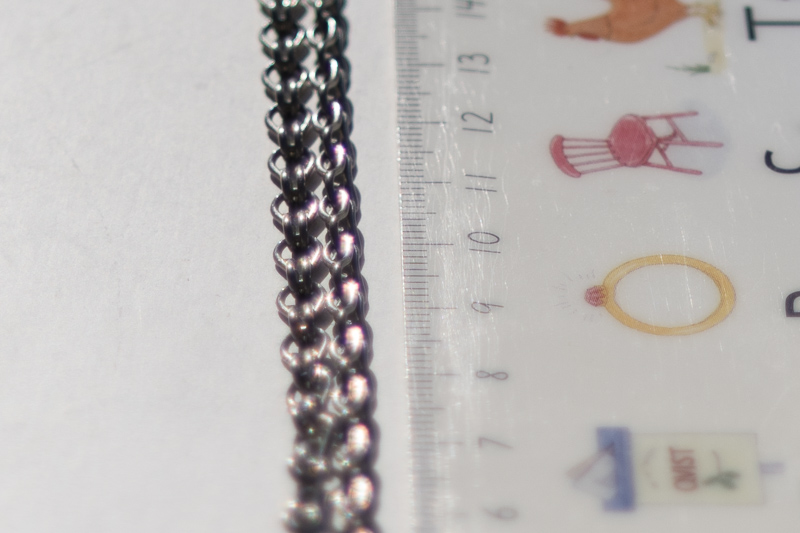
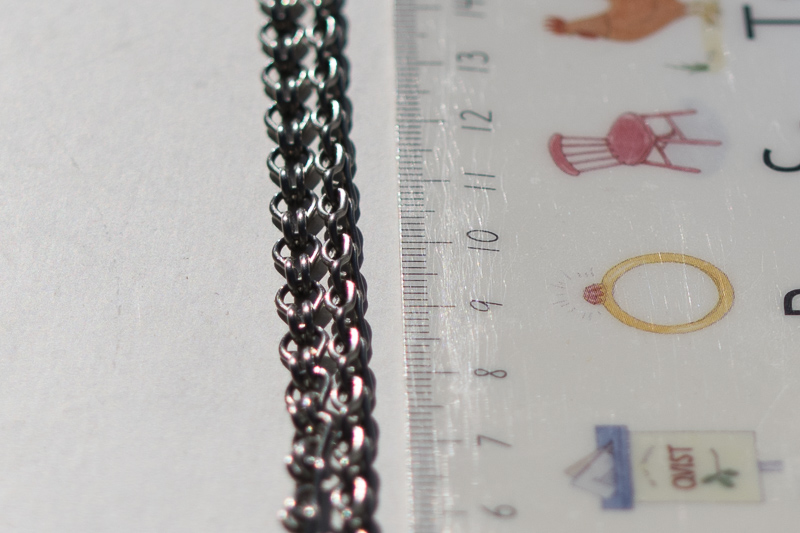

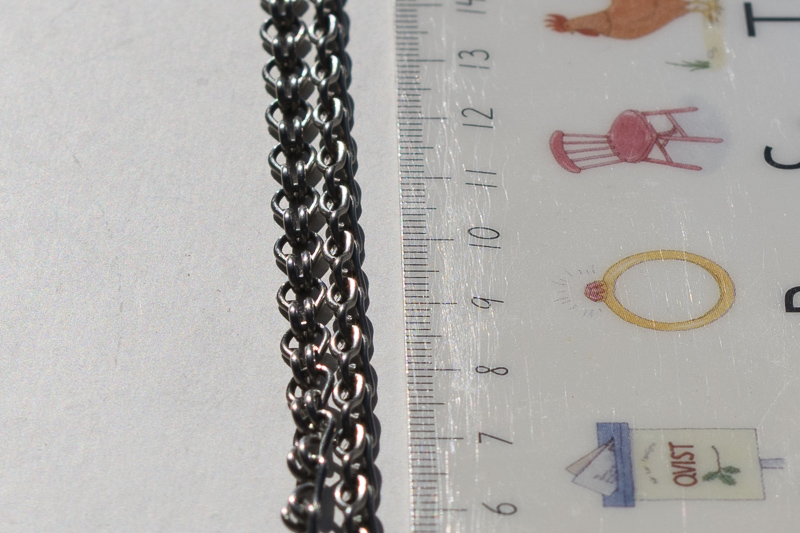
The TTArtisan 35/2.1 has a mild and negligible lateral chromatic aberration, which can easily be corrected in post.
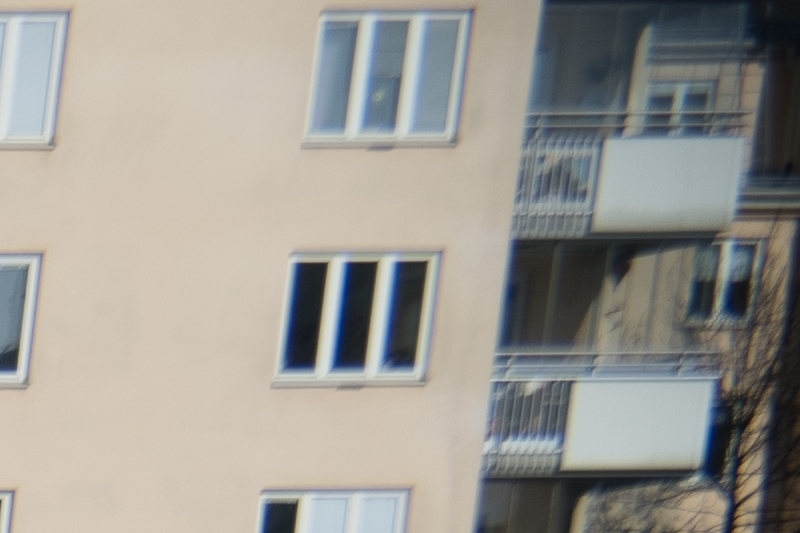
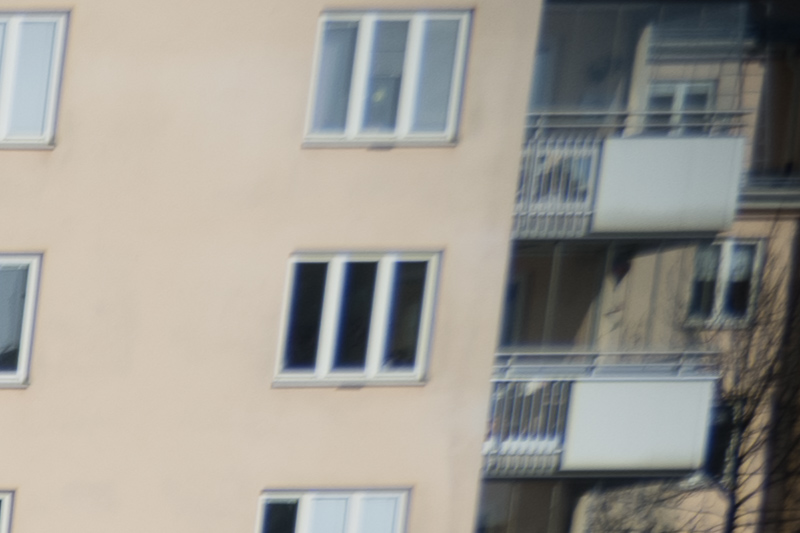
Flare Resistance
You can get both veiling and ghosting flare with this lens. You need to avoid or be very careful with the sun or other strong light sources with this lens.
Coma
The TTArtisan 35mm T2.1 suffers from coma in both SOFT and BUBBLE modes. To get rid of it completely you have to stop down to at least T8.

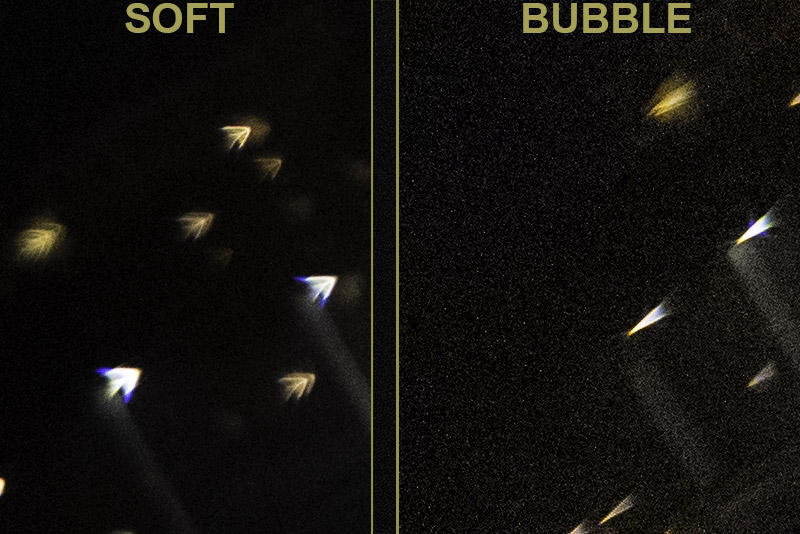
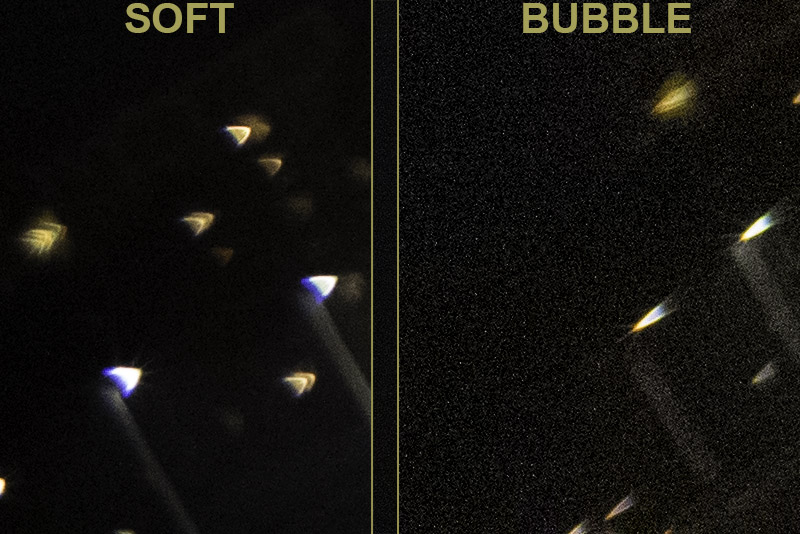
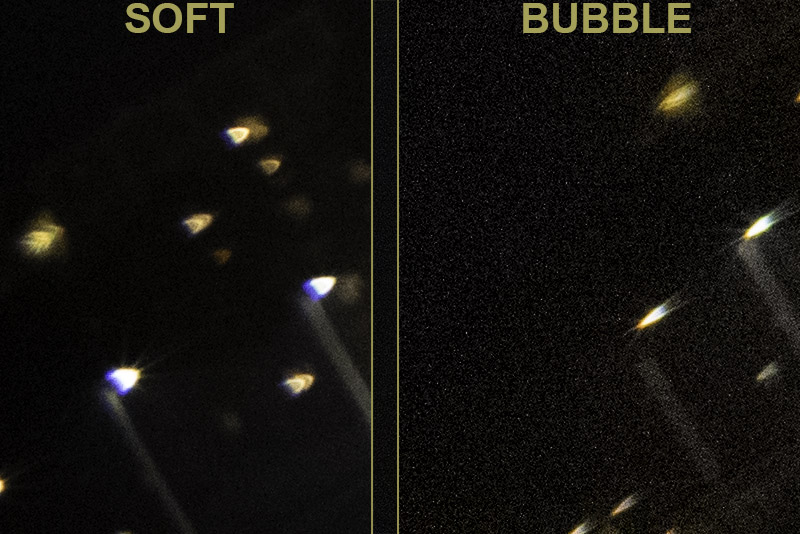
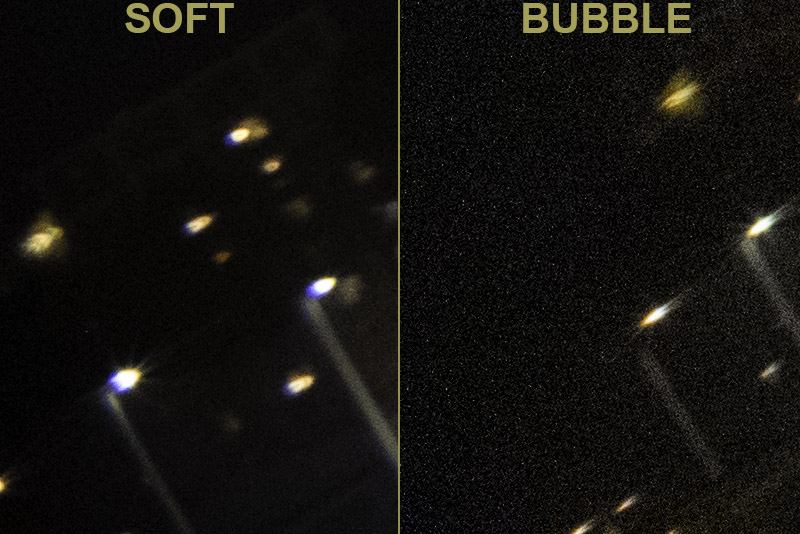
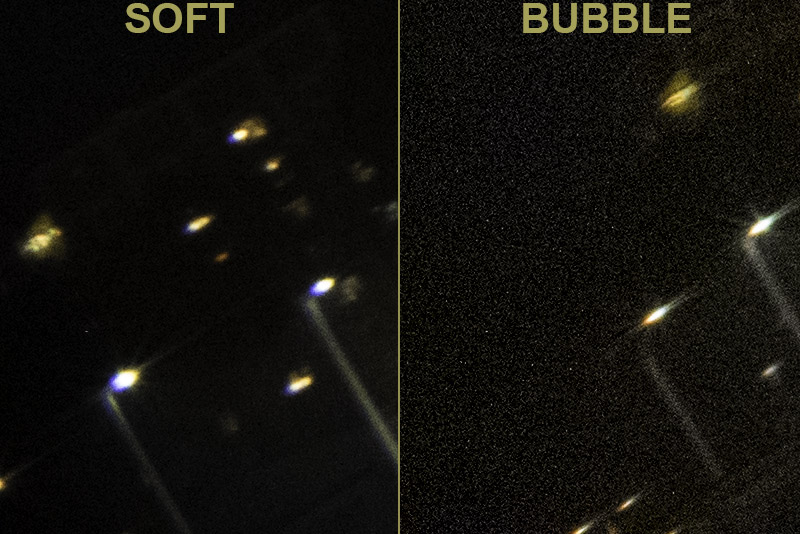
Sunstars
The TTArtisan can produce sunstars starting at f/5.6. While they have a large, glowing centre and are relatively small, they are still better than average. The following images are crops. For reference, the original-sized image can be seen under the last tab.
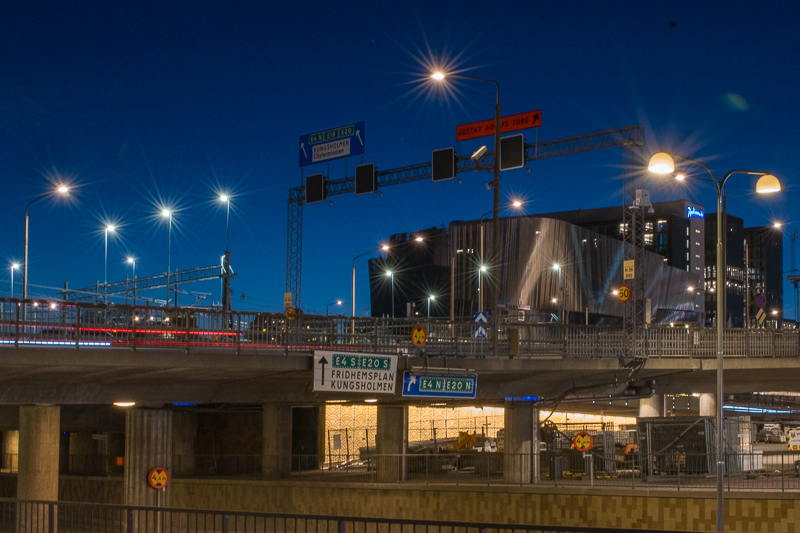
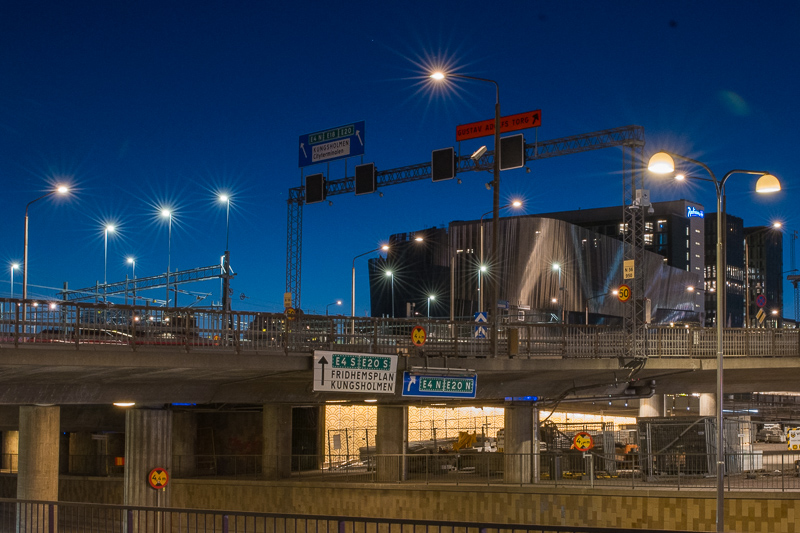

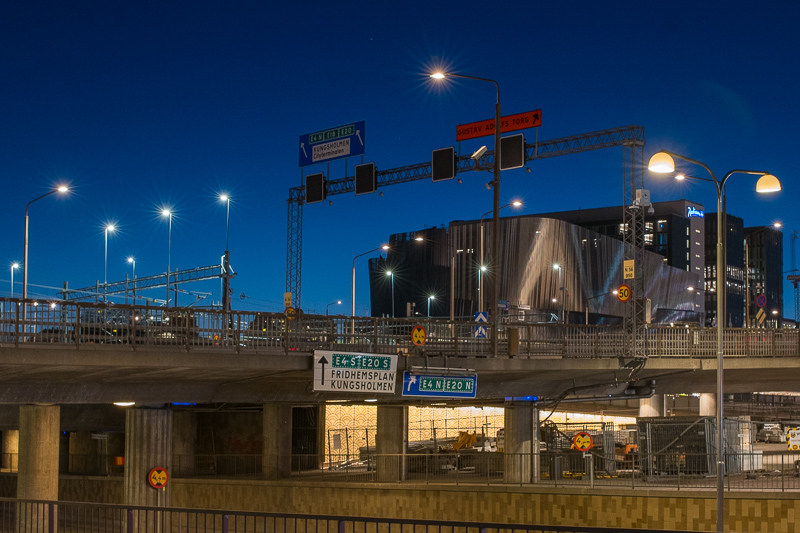
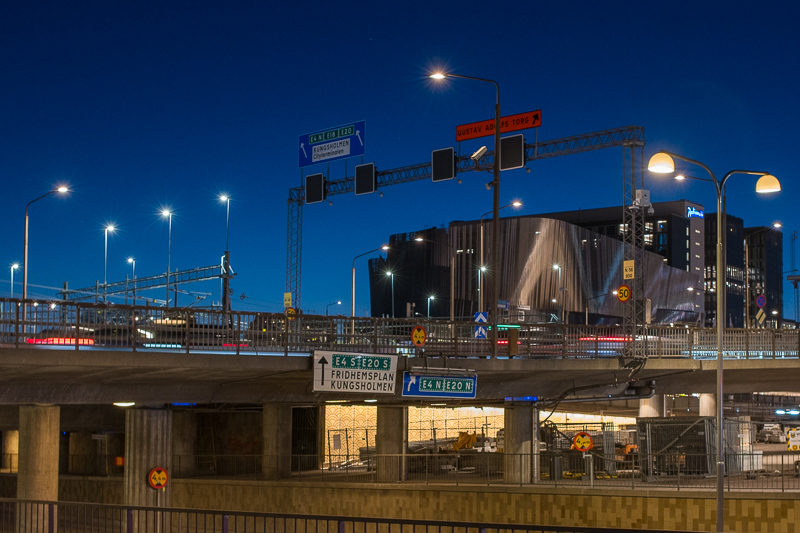
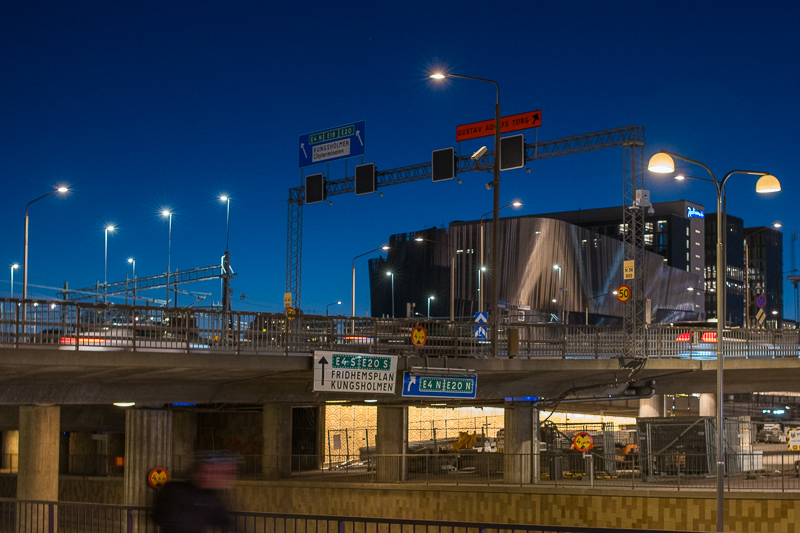
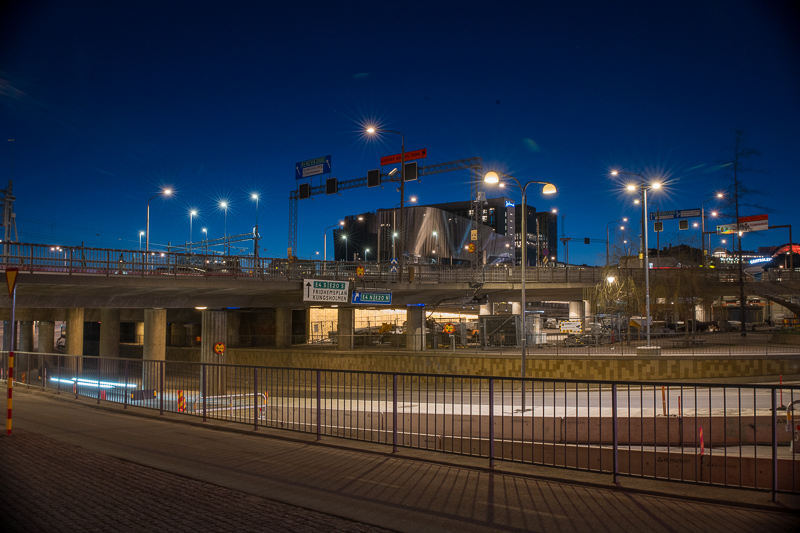
Focus Breathing
As a cine lens, you’d expect minimal to no focus breathing. Unfortunately, this is not the case, as this lens exhibits noticeable focus breathing.

Bokeh
This is the reason for creating this lens. In this section I have tried to take pictures with both bokeh characters. In most of the cases, I have tried to demonstrate both with the same subject in the same scene.


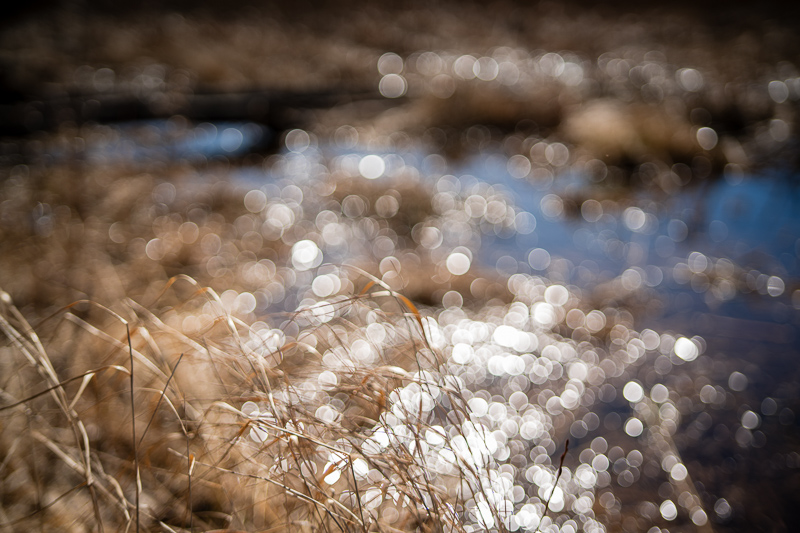



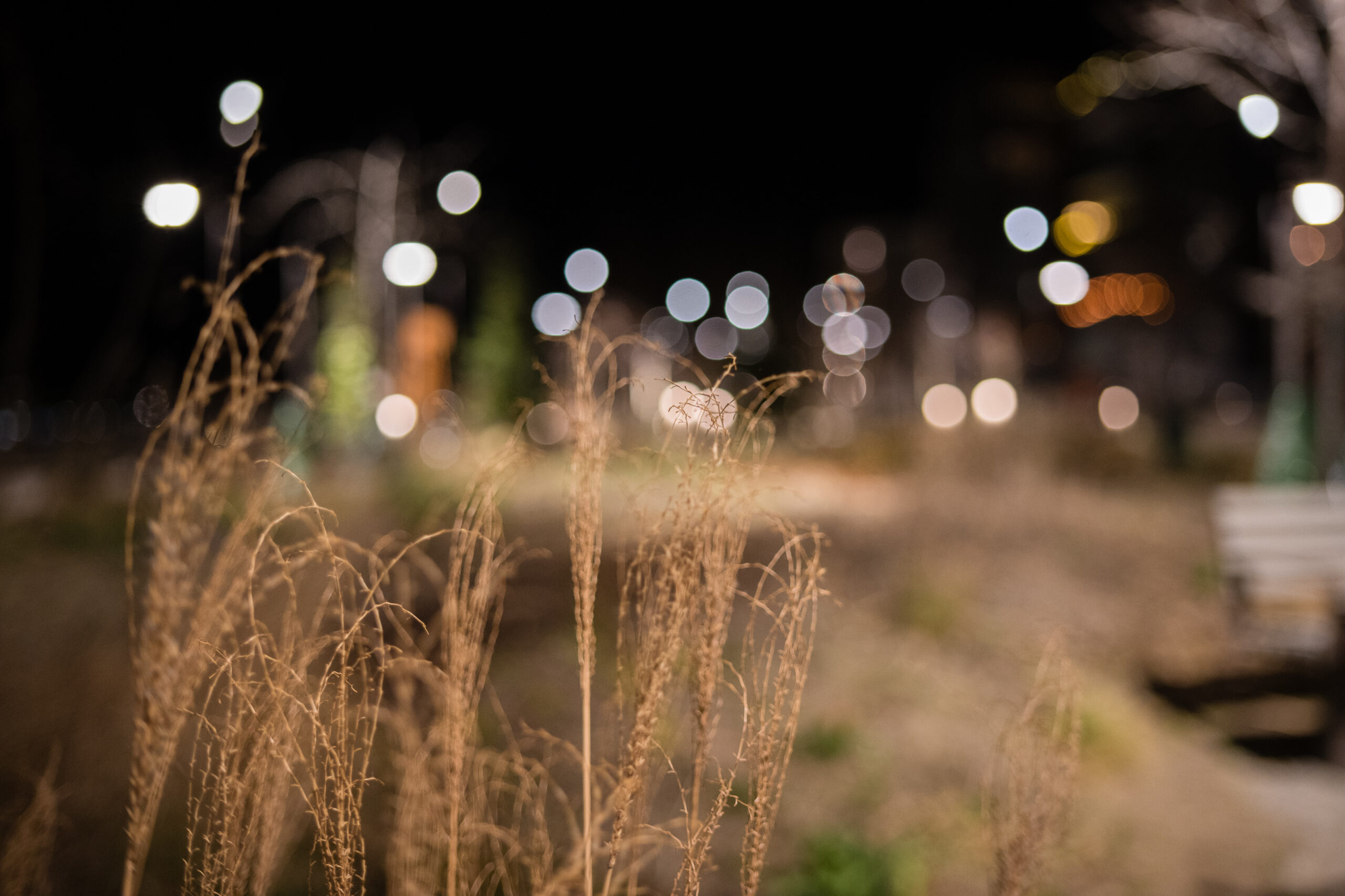


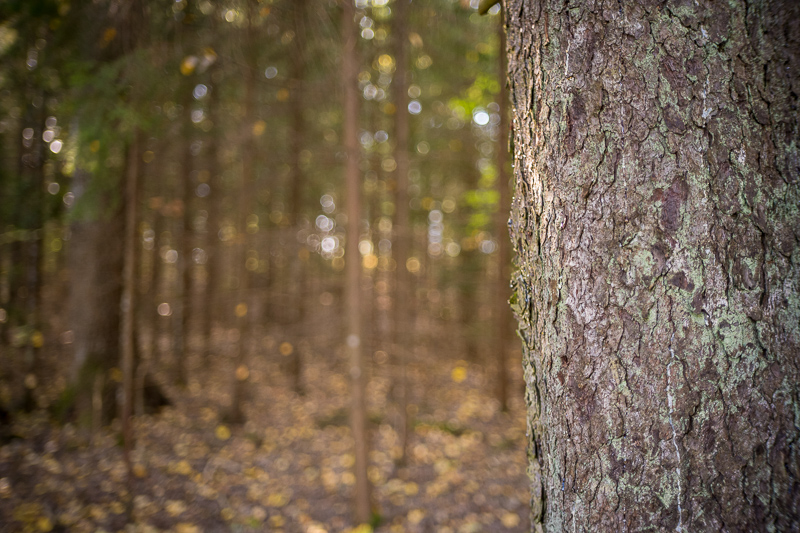
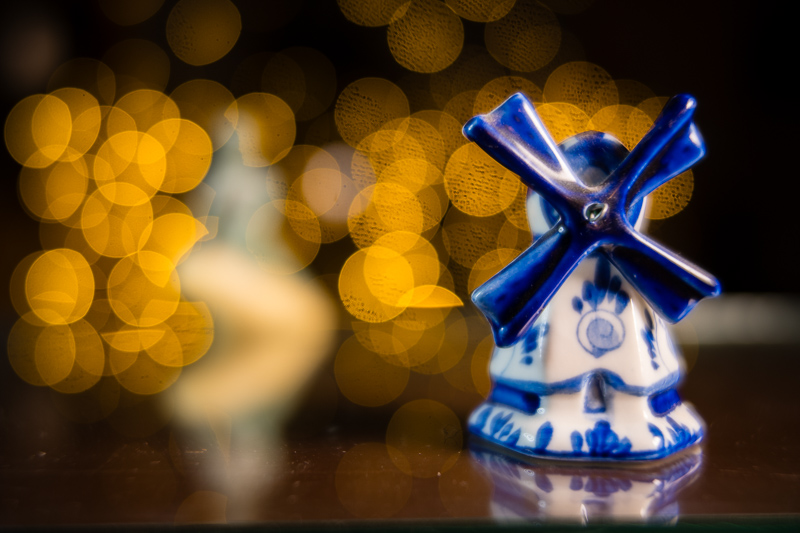
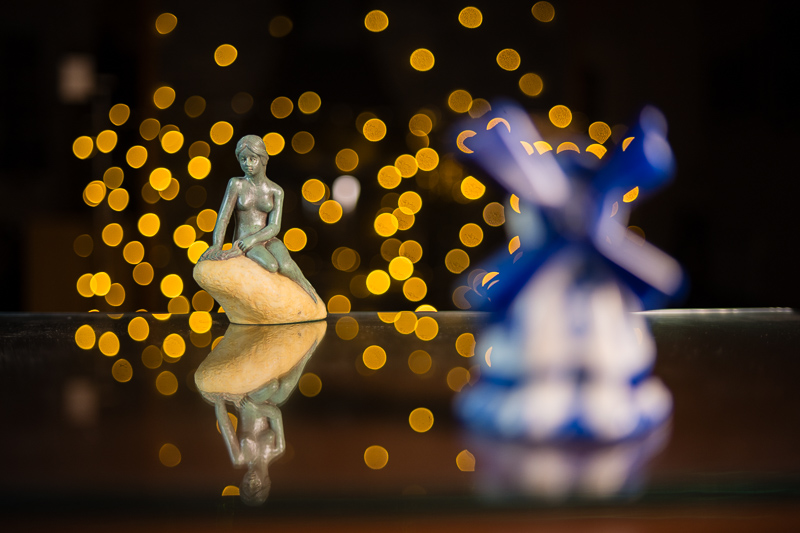
The lens is capable of producing both soft background blur and the distinctive soap-bubble bokeh effect. In SOFT mode, the bokeh takes on a dreamy, foggy character—reminiscent of using a mist or diffusion filter—particularly at wider apertures. This look is highly subjective, and whether it appeals to you will depend on your personal taste and the context in which it’s used.
Conclusion
| I LIKE | AVERAGE | I DON’T LIKE |
| Centre sharpness Bokeh Image mood and character Sunstars Price |
Chromatic aberrations Coma |
Flare resistance Corner sharpness Vignetting Lens distortion Focus breathing Cap that falls off |
We’ve seen lenses that produce soft bokeh or the distinct “soap bubble” effect, typically designed with still photography in mind. This lens, however, aims to deliver both extremes—very soft and very harsh bokeh—in a cine lens format.
Have TTArtisan succeeded? I’d say yes, but at what cost? They’ve made some bold compromises to achieve this unique design, and while that’s commendable, whether it’s worth it is up to you.
That said, taking the creative aspects into account, I do have a few critiques. First, I wish it had better control over focus breathing—especially since it’s marketed as a cine lens. Second, a bit more attention to detail would’ve been nice, like aligning the infinity mark with where the focus ring actually stops, not 15 degrees before. And finally, a lens cap that stays on instead of constantly falling off would’ve been appreciated—hopefully that’s fixed in the production samples.
Still, this isn’t a lens that will win awards for optical perfection, but it has loads of character—reminiscent of vintage glass with a moody, cinematic vibe. In SOFT mode, you get a dreamy glow, and in the same shot, those soap bubble highlights can pop seconds later, no lens swap needed. I’m sure many creatives will enjoy experimenting with it. And considering the relatively low price, it’s bound to find a fan base.
Do I recommend it? Well, if you’re after both bokeh effects in one lens, then yes—especially if you’re shooting video and using motorized tools for focus and aperture. The geared rings will definitely come in handy. For still photographers chasing that unique character, it’s also a solid two-in-one option. Though to be fair, you might find better results from separate lenses if you’re only after one look or the other.
Writing articles like this one is both time-consuming and costs us a lot of money. If you found this article helpful and decided to buy one of these lenses, please consider using one of the affiliate links.
If you are not interested in buying any of the lenses, but you still found this article useful, interesting, or it saved you a lot of money, treat us to a coffee (donate)!
| Buy new: TTArtisan Store, pergear.com, Amazon for $380 (Affiliate links) |
Alternatives
None, that I am aware of.
More Sample Images

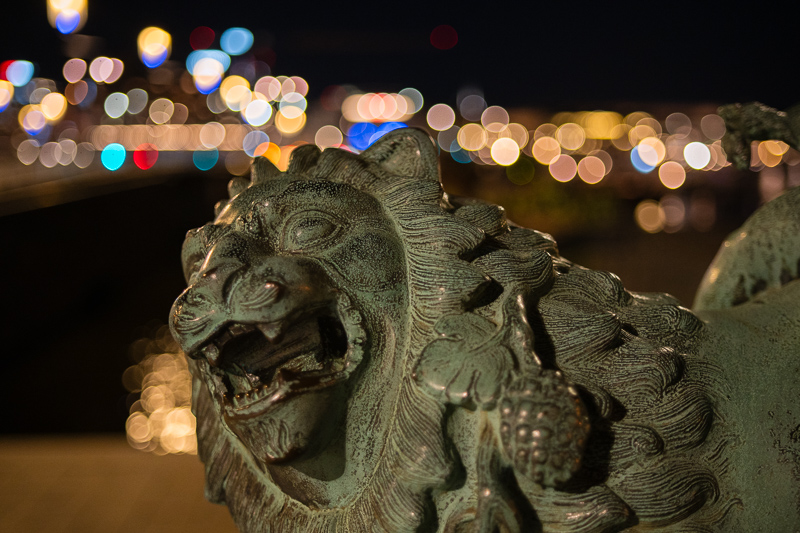


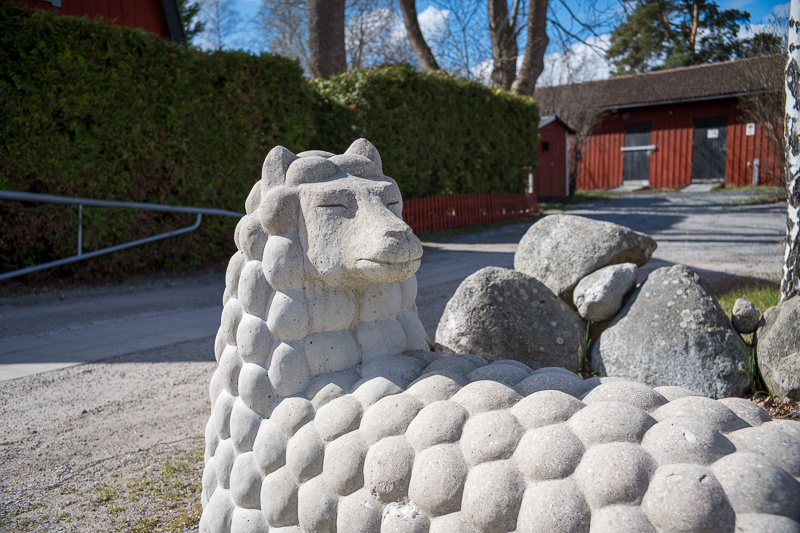








Most of the sample images in this review and many more can be found in higher resolution here.
Further Reading
What camera gear and accessories do I use most frequently?
Support Us
Did you find this article useful or did you just like reading it? It took us a lot of time and money to prepare it for you. Use the Donate button to show your appreciation!
![]()

(Donations via Paypal or bank card)
What’s in my camera bag? MY 2024 KIT!!
- Main camera : https://amzn.to/3TsGtKg
- Camera grip : https://amzn.to/4e0G3CR
- Memory Card 1: https://amzn.to/47pA20i
- Memory Card 2 : https://amzn.to/3XHYxlZ
- Camera 2 : https://amzn.to/3Xifou8
- Camera grip: https://amzn.to/4dYYpV9
- Memory card 1: https://amzn.to/4e5h2H0
- Memory card 2: https://amzn.to/3zu7W7n
- Small travel tripod: https://amzn.to/4goIX68
- Mini tripod: https://amzn.to/4e09XXX
- Small shoulder bag: https://amzn.to/47tPMiY
- Medium shoulder bag: https://amzn.to/4ej4bjY
This site contains affiliate links, for which I may receive a small commission if you purchase via the links at no additional cost to you. This helps support the creation of future content.
Martin
Latest posts by Martin (see all)
- REVIEW: 7Artisans AF 24mm f/1.8 - January 4, 2026
- Analogue Photography: Part 4 – Ilford HP5 Plus at a Historical Engine Factory - December 3, 2025
- REVIEW: 7Artisans AF 10mm f/2.8 (APS-C) - November 30, 2025
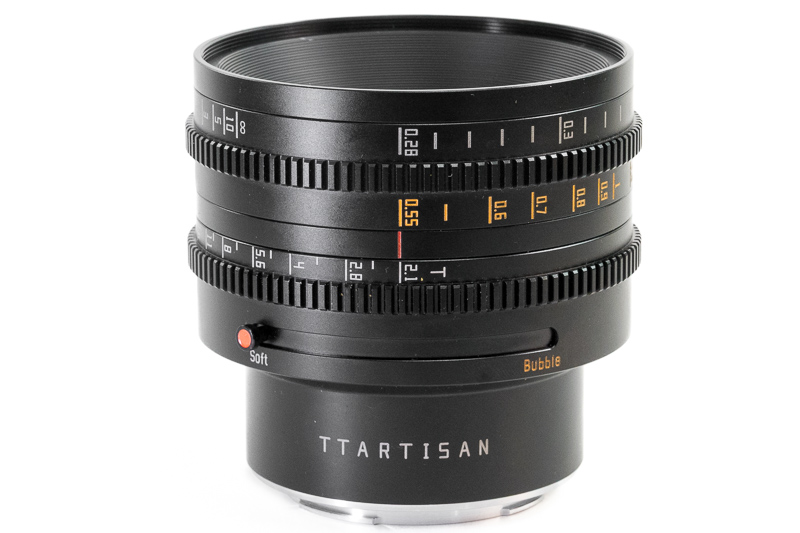
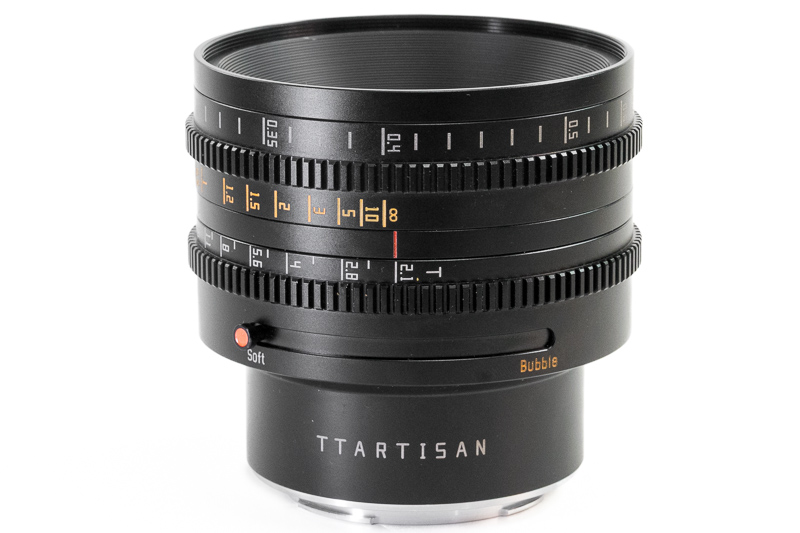

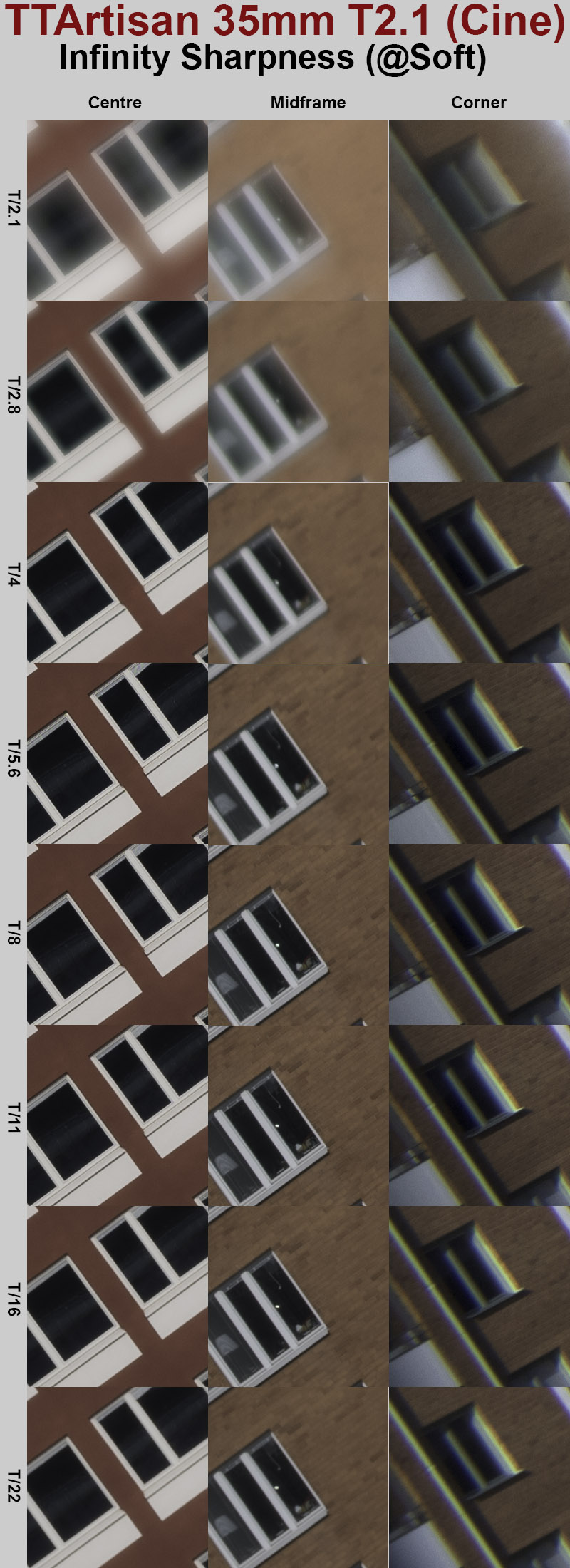

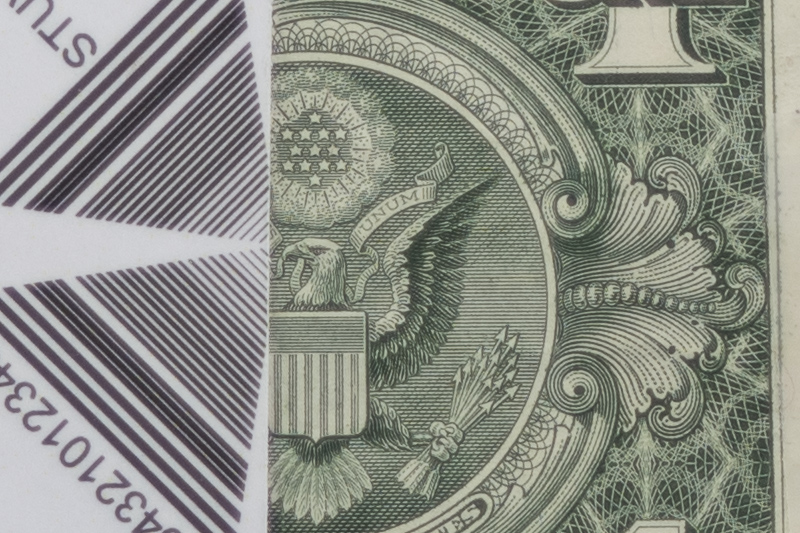

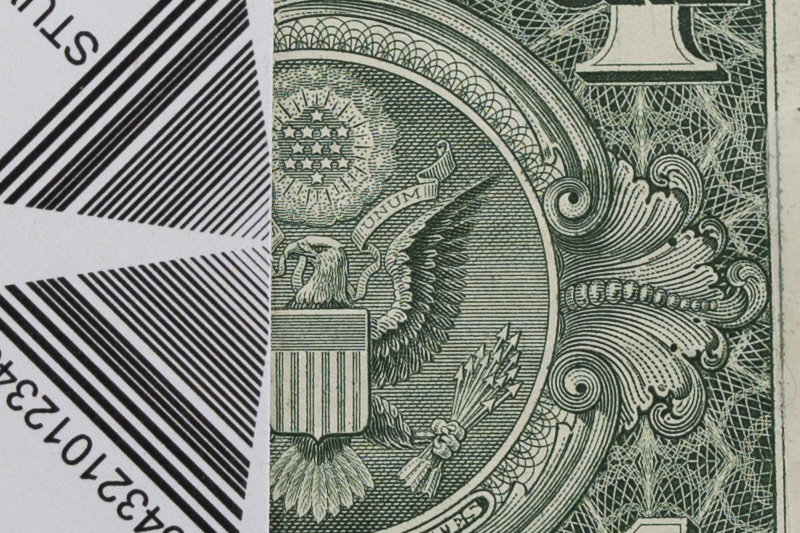
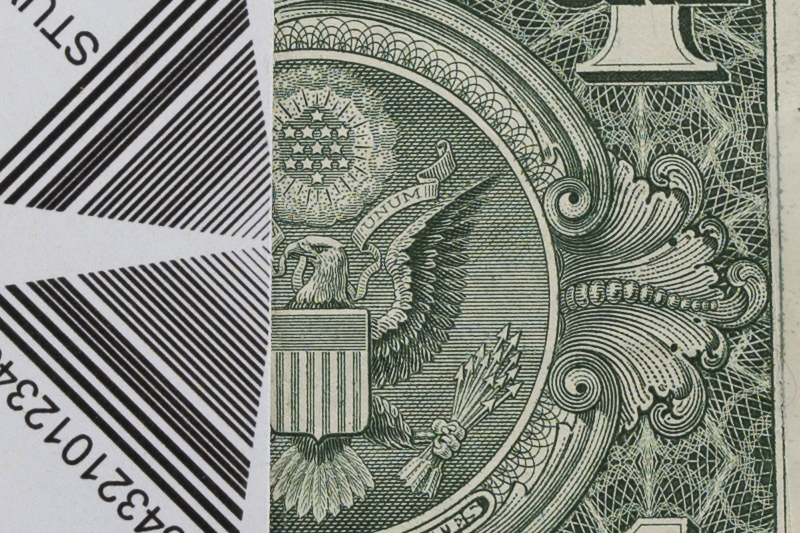


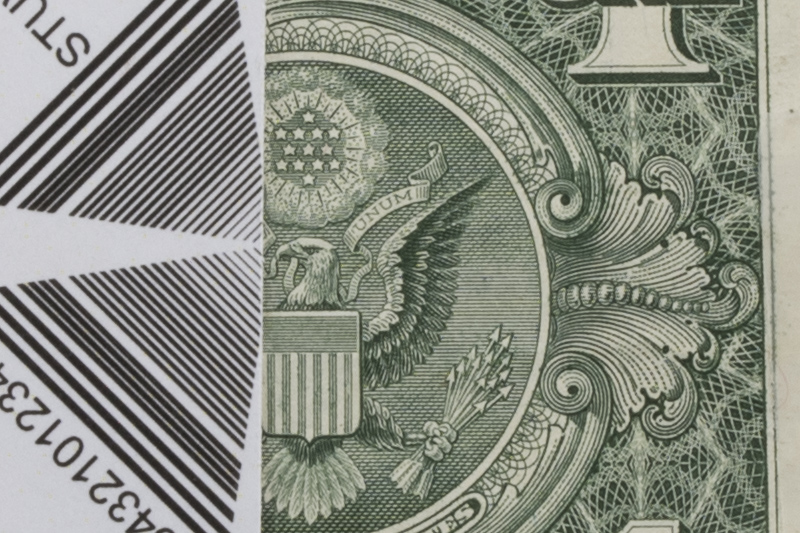


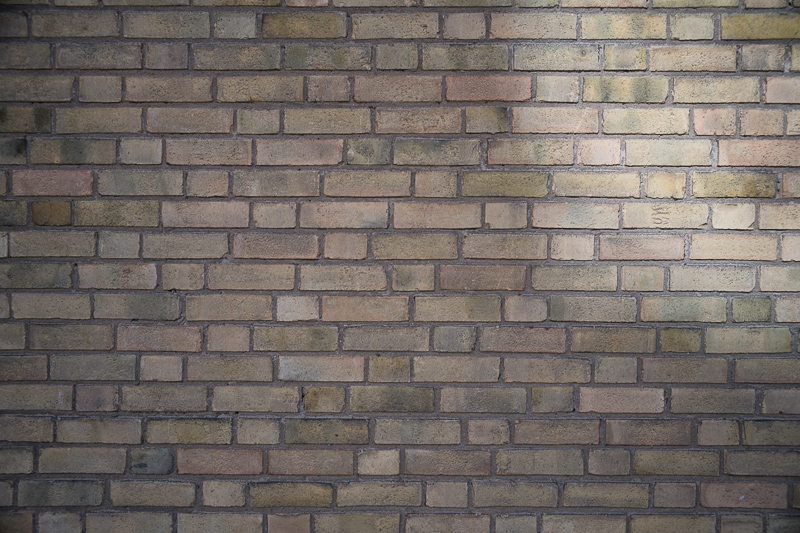
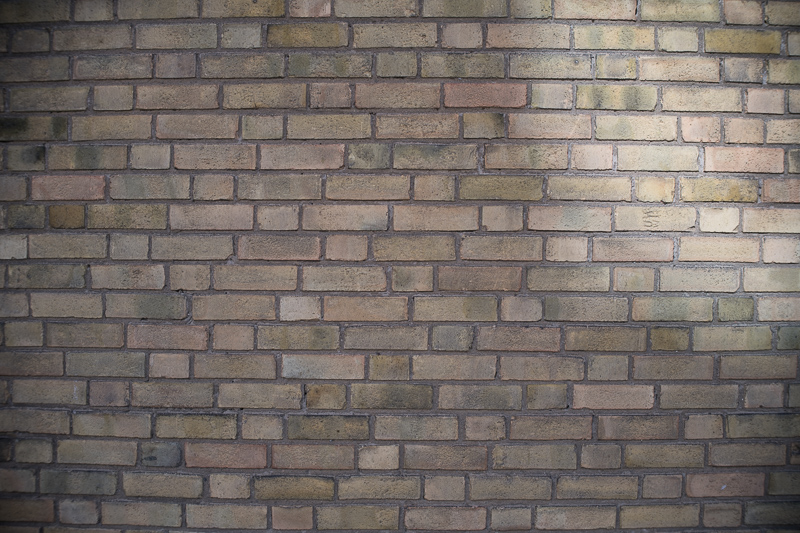
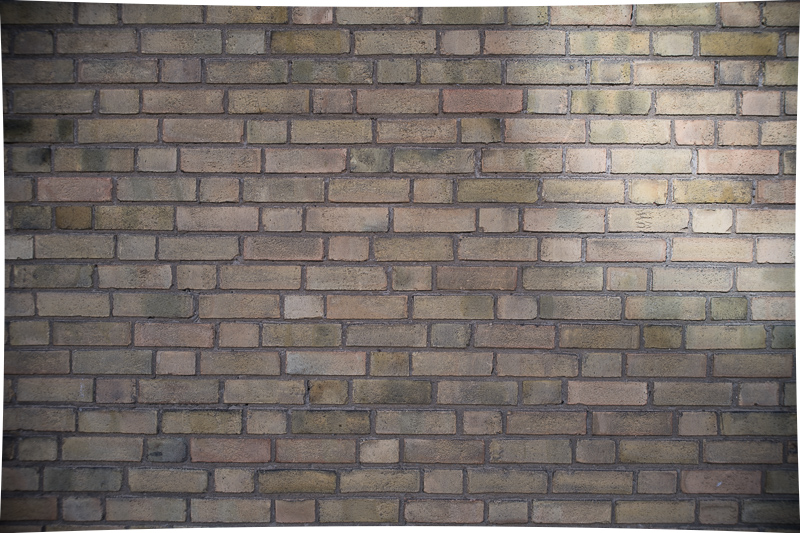
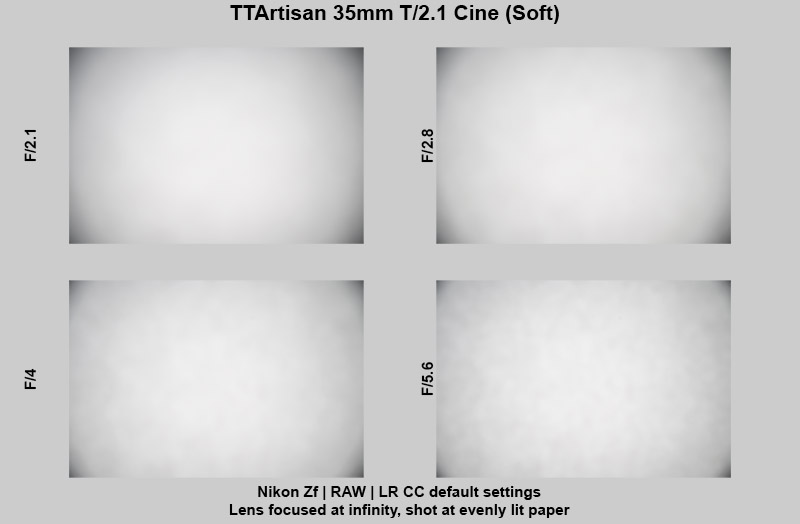
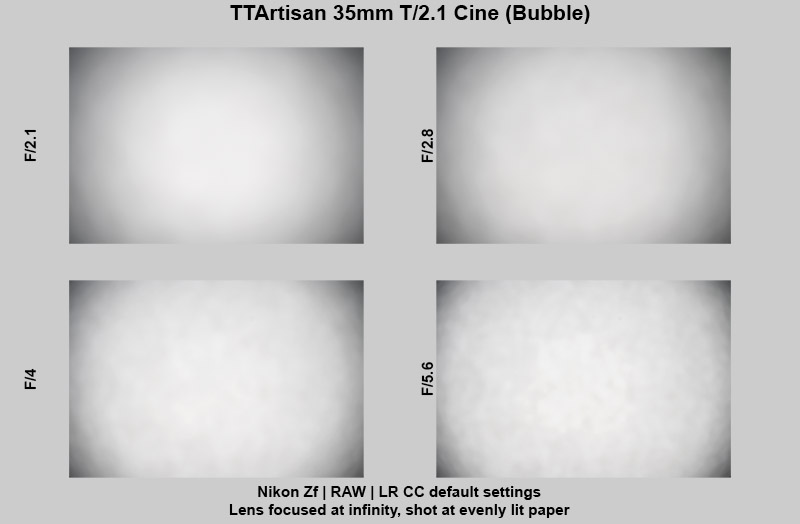



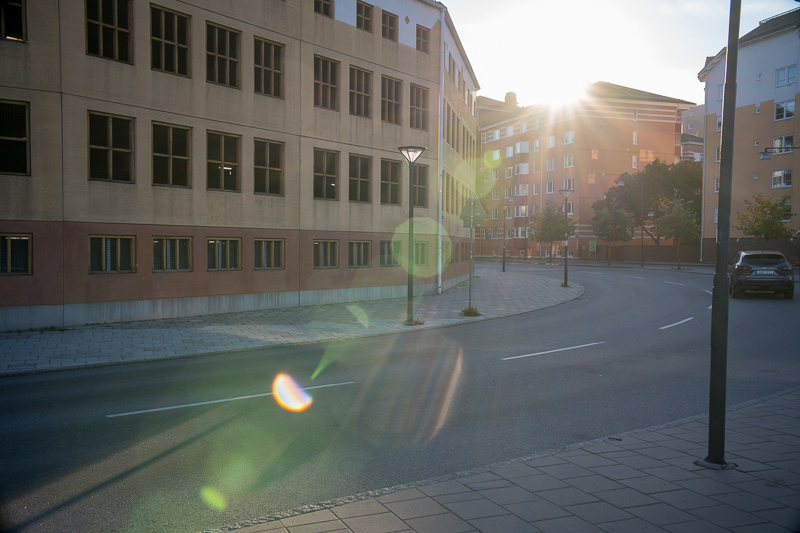
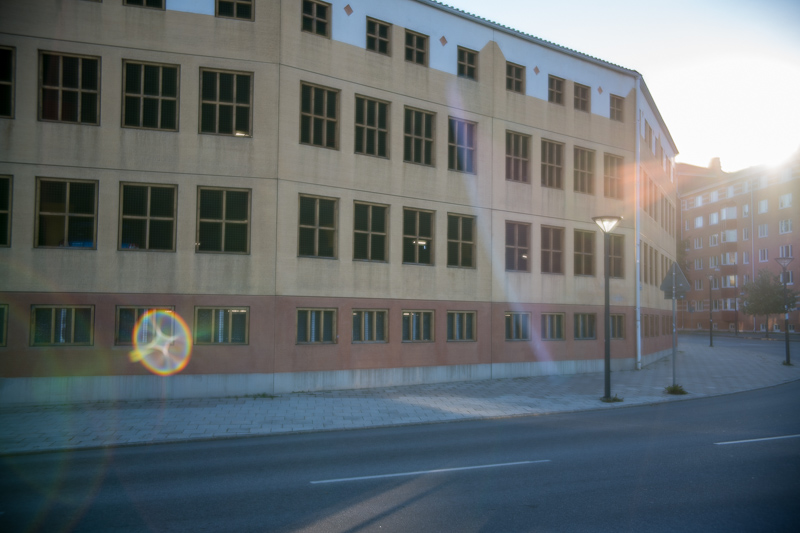
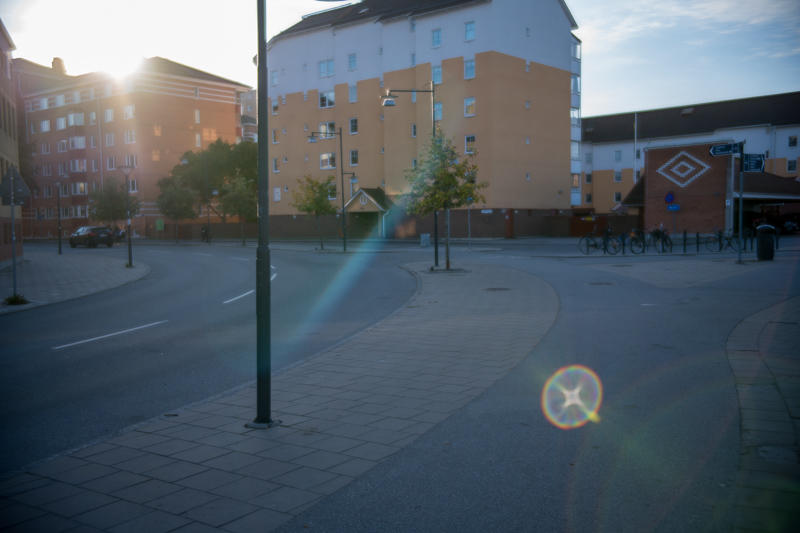
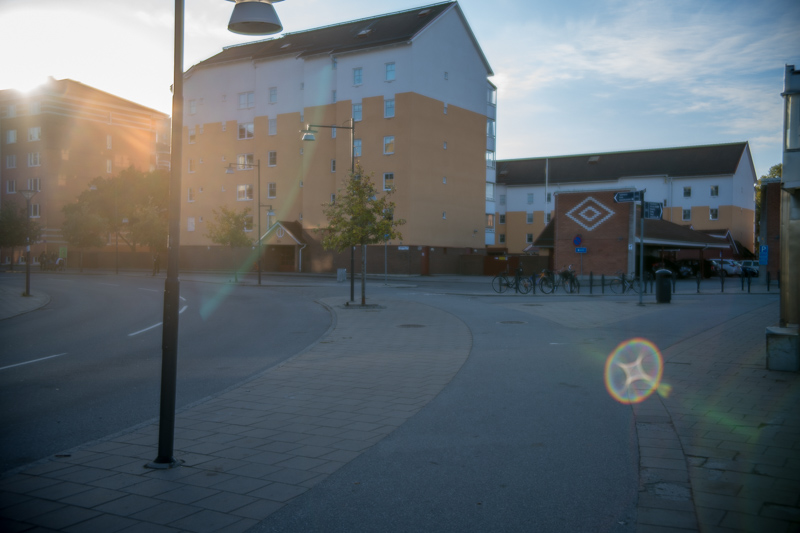
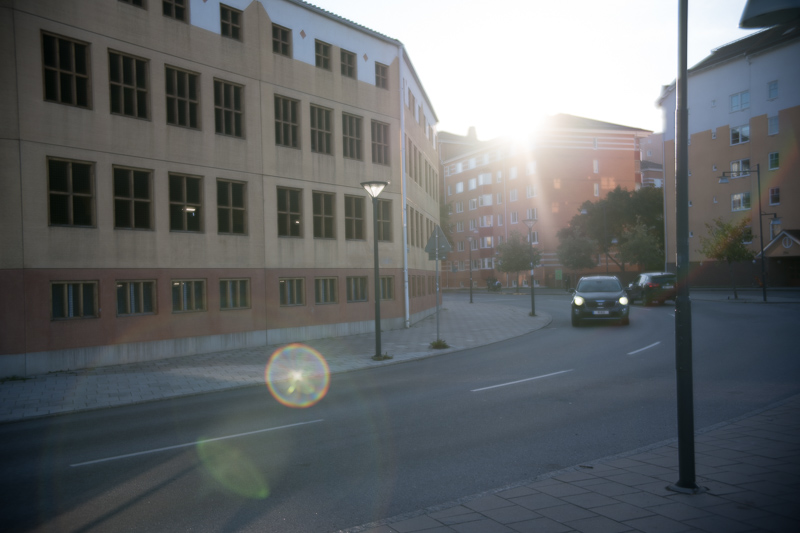
Great review! And a beautiful lens. Thank you!!
I applaud all the effort that must have gone into this review, what with needing two sample photos for every scenario! (I would have loved to see one or two examples using an intermediate setting as well.) As to the lens itself, the concept seems very well thought out: cinema users will find the 35mm focal length particularly useful on Super 35 and M43 cameras, and may find the dubious corner performance an advantage for concentrating attention on a centrally-placed subject. Still-photo shooters may enjoy experimenting with it too, although I’ll bet a lot of us (including myself) are hoping for a similar concept in a more portrait-friendly focal length in the 65-90mm range…
Thanks! You might want to check out the video—I included a couple of clips where I switch between different settings, so you can get a feel for the ‘middle’ mode.
Thanks for the pointer! Off to visit YouTube now…
This was done over a year ago TTartisan. If you want 64mm, lomography has the Nour Triplet V 64mm/f2 bokeh control lens with 3 effects in 1.
I was not aware of the Lomography Nour, I’ll have a look, thanks.
I expect this is the same Spherical Aberration Control mechanism as in the Canon RF 100mm macro lens.
It looks like it, in principle. A couple of differences though, focal length, photo lens vs. Cine lens, the vintage look from this 35mm.
Thank you Martin. The quality of the soft bokeh seems very appealing @ mid distance in some pictures. I would have liked to see a comparison with a classic 35mm 1.8/2.0, one at random among those you have, to check the “quantity” of bokeh. Perhaps can you elaborate a little on this subject, quantity Vs 1 8/2.0 or may be 1.2?
(We’re never happy, aren’t we ? 😉